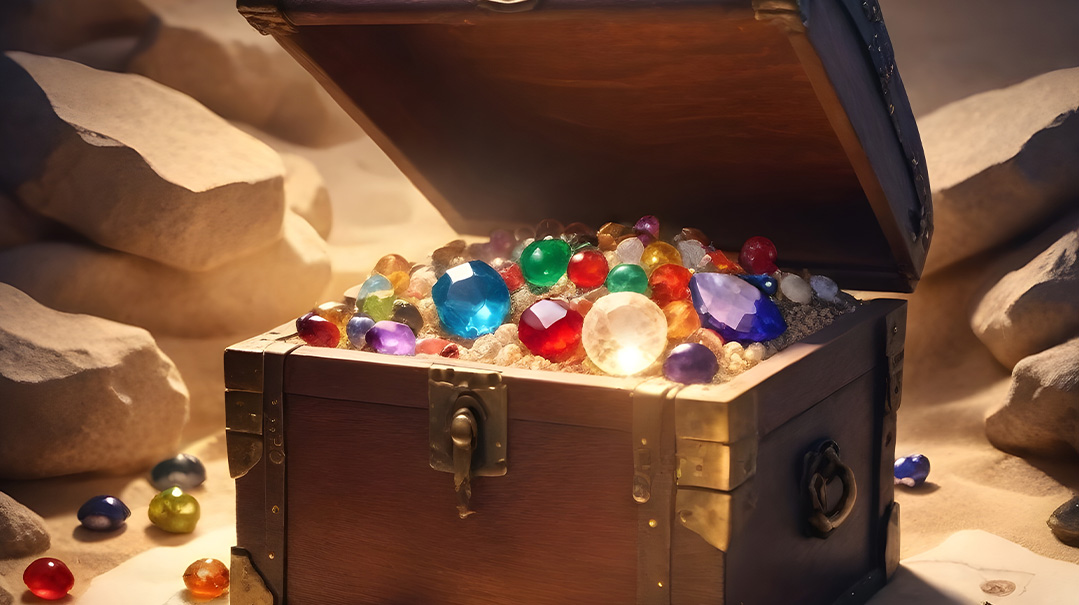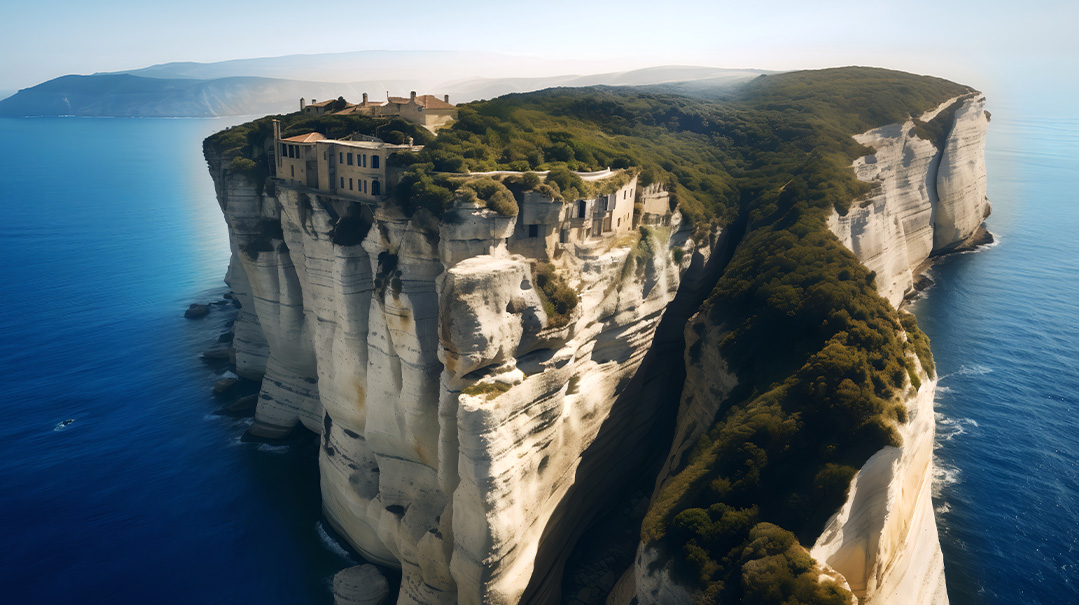The Silent Army
| December 19, 2023"This is over 2,000 years old!" he whispers. "This could be the find of the century!"

It's March 1974, and the six Yang brothers from the village of Xiyang, China, are talking.
"It's been a terrible spring," begins Yang Peiyan, the oldest.
"We need water," agrees Yang Quanyi. "Time to dig another well!"
"Over there," answers Yang Peiyan, pointing to a spot near Mount Li.
Armed with spades, they begin. Everything is going well until they come to a layer of very hard, red earth.
"It's impossible to dig through!" complains Yang Xinam.
"Let's keep going," replies Yang Peiyan.
Yang Zhifa's spade suddenly makes a loud clunk. He pushes away some more earth and gives a yell of surprise. Below them is a man's head!
The Silent Soldier
"It's only clay," Yang Peiyan says reassuringly. Digging further, they uncover pieces of a six-foot-tall clay soldier.
"We should tell Zhao Kangmin. He's in charge of the local museum," says Yang Peiyan.
Zhao races to the digging site. "This is over 2,000 years old!" he whispers. "This could be the find of the century!"
When he gets in touch with archaeologists, they're puzzled. Why was this soldier in a farmer's field? Are other soldiers nearby? The nearest ancient site — the tomb, or burial place, of the First Emperor of China — is almost a mile away. Is it connected?
"No one knew how big this discovery would be," said Robert Jacobsen of the Minneapolis Institute of Arts.
The Emperor’s Army
It was slow work. Archaeologists dug through the hard clay of the roof to find that many clay soldiers had been damaged since they were built over 2,000 years ago. The archaeologists had to painstakingly piece them together. The warriors wore knee-length robes and clay armor. All of them were life-size or bigger, weighing up to 600 pounds — as much as the average male grizzly bear! Their bronze weapons were so perfectly made that they were still sharp enough to split a hair.
“The quality of the statues stunned us,” said Jacobsen, one of the first Americans to help excavate the soldiers. It became clear that there were thousands of clay soldiers — an army of more than 8,000! Who made them? The First Emperor.
The First Emperor
Ying Zheng was 13 when he became the king of the Qin State (pronounced chin). He wanted to conquer his six neighbors, create one unified country — and build the biggest tomb in the world. An ambitious fellow!
He soon overpowered his neighbors and created the country we know today as China. The new king changed his name to Qin Shi Huang Di (chin shee-wang-dee), or First Emperor. He began constructing his tomb, something done by all powerful men of the time, since the building could take decades. There was one problem: Qin Shi Huang Di was afraid of dying. Obsessed with building his final resting place — just in case! — he also hoped he would never use it.
“I want to live forever,” he told his court doctors. “Keep me alive!” They tried their best. Ground jade powders and mercury drinks were prescribed, but these “medicines” probably just shortened his life.
Burning of the Books
“What’s that smell?” Li Ping asked. “Is there a fire?”
“Haven’t you heard?” Sun Zha answered. “The Emperor ordered all books burned — except for the ones he approves of!”
“He’s forcing thousands of people to build a huge wall — hundreds of workers have already died!”
“He even locked up his mother when she did something he thought was suspicious!” returned Li Ping.
“Let’s just do whatever he says,” Sun Zha said.
“Definitely,” agreed Li Ping shakily.
The End of the Emperor
Emperor Qin forced 700,000 workers to complete his tomb. He built an entire city around it, and ordered a full army of clay soldiers as guards. Above his burial place, slaves created a mountain of earth over 400 feet high, only slightly shorter than the Great Pyramid of Egypt.
According to legend, the ceiling was inlaid with pearls, and underneath was a bronze map of the world. Is this true? No one has gone into his tomb, and all these stories were written more than 60 years after he died, so we don’t know!
Emperor Qin died at 49 while on a tour of his empire, and his advisors kept the news secret. The body stayed in its chariot, and advisors “reported” to him as usual. Since it was summertime, a strange smell began to come from the Emperor’s chariot. To cover this up, a load of smelly fish drove in front of the Emperor’s horses, and no one realized he was dead until he was back home.
The Warriors
At the Museum of Warrior and Horse Figures in China, guides take you around.
“There are four pits. Pit 1 has more than 3,000 soldiers and horses. Pit 2 has around 1,300 soldiers. Pit 3 is the smallest. There are only 70 warriors here. Pit 4 is empty, because we believe the construction was unfinished.
“Each soldier is unique,” the guide continues. “We believe they were modeled after actual soldiers in the Emperor’s army. They are so detailed that you can see each strand of hair on their heads! They were painted with colorful dyes that have since flaked off.”
And what about the Emperor?
“Although we know he was a harsh ruler, we now realize that Emperor Qin did a lot for China. He built the Great Wall as protection, made sure everyone used the same script and units of measurement, and constructed safe roads.”
Qin Shi Huang Di wanted to live forever, and in a way he has. Every year, more than two million people from all over the world come to visit the Emperor and his silent army.
(Originally featured in Treeo, Issue 991)
Oops! We could not locate your form.







